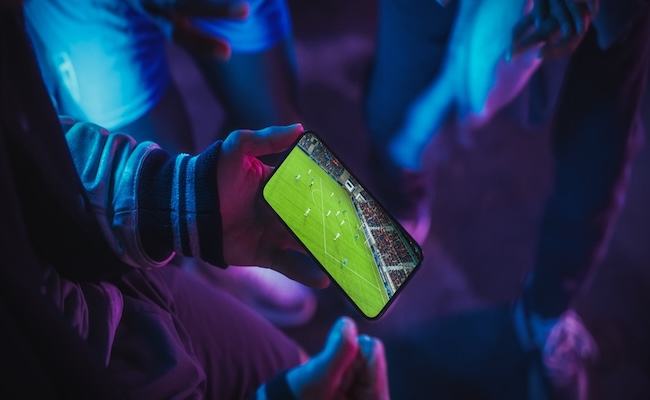Mobile app engagement showed significant regional disparities during the recent football Champions League Final, with fans in France and Italy exhibiting contrasting digital behaviour in response to the match’s outcome, according to new data.
Analysing 2.1 million app sessions during a three-hour period on match day, analytics company AppsFlyer found that France saw sustained spikes in social, betting and dating app usage compared to baseline usage levels, as domestic team Paris Saint-Germain claimed a dominant victory over Italy’s Inter Milan. In contrast, app activity in Italy fell significantly post-match.
French users recorded a 49 per cent increase in social media activity at halftime, remaining 24 per cent above baseline after the final whistle. Sports betting apps surged 198 per cent and 105 per cent during early goals, alongside an 81 per cent increase during the break. Dating apps also registered heightened engagement, with usage up by 22 per cent at halftime and by 10 per cent at the moment of victory.
Meanwhile in Italy, engagement peaked at halftime; social media rose 48 per cent and dating apps posted the highest tournament spike at 25 percent. However, usage dropped sharply across all tracked categories, including food delivery, following Inter’s defeat.
City-level data reinforced the national disparities. Milan recorded the highest halftime social media increase at 53 per cent but saw a sharp 12 per cent post-match decline. Paris recorded a more consistent trend, with strong engagement during the game and only a 3 per cent drop post-match.
Elsewhere in Europe, the UK market followed expected second-screen patterns as betting app activity spiked during the first goal and halftime. Spain saw similar trends, while Germany posted minimal variation, with a 6 per cent halftime rise and a 23 per cent post-match decline.
Paul Wright, GM Western Europe and MENA at AppsFlyer, noted that live sports generate non-traditional marketing opportunities. “Brands need to think beyond simple audience targeting and consider how different emotions and game phases create entirely different engagement opportunities across app categories,” he explained.
